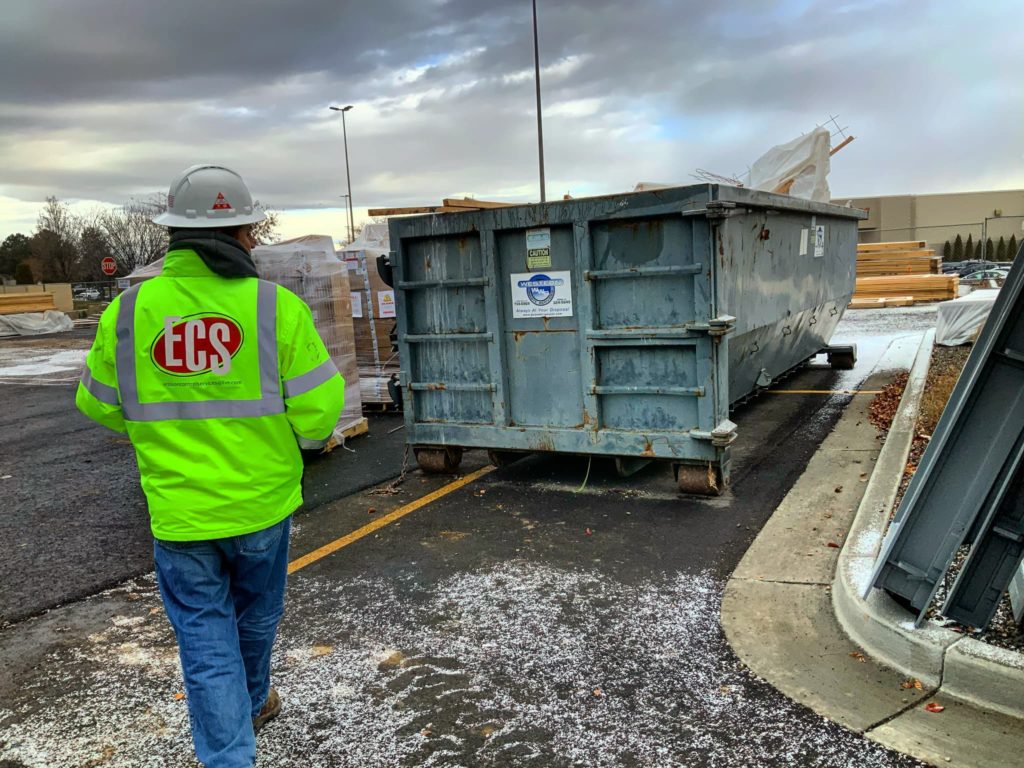Construction site operators and builders know that stormwater pollution prevention plans are an essential part of every project. Choosing the right sediment and erosion control methods can prevent pollution of local waterways and provide protection against flooding and other damage from rain and snow.
But how do you know what kinds of controls you should be implementing? Best Management Practices, or BMPs, are proven methods and control activities that you can use for your SWPPP. They fall into two categories:
- Structural BMPs – things like fences, ponds, blankets, and seeding that you build into the site to help control runoff and channel water into the proper areas
- Non-structural BMPs – things like sweeping sidewalks, streets, and parking lots in and around your construction site, picking up trash and debris, properly maintaining equipment to avoid oil or gas leaks, and other activities that will reduce the likelihood of harmful contaminants ending up in local waterways or storm drains
Your SWPPP is the written plan that you submit to show what you will be doing to protect against pollution, but the BMPs are the things you will actually do to follow through with your plan.
BMPs for Erosion and Sediment Control
Most effective SWPPPs will include plans for both erosion and sediment control, using a combination of BMPs in each area to ensure protection for local waterways and stormwater drains. There is no one-size-fits-all approach to BMPs, and the specific ones you select will be specific to your site conditions and location, as well as local or state requirements.
Erosion control activities are designed to keep dirt and sediment in place, while sediment control BMPs are necessary to capture sediment that does break free before it leaves your site. Erosion control is usually the primary means of preventing pollution, while sediment controls can function as a secondary defense and protective measure. For example, your erosion control BMP may involve building drainage that channels stormwater on and through your property, while a sediment control BMP protects storm drain inlets so debris and dirt don’t get inside.
Accountability for BMPs
In addition to sediment control, your plan should include information about:
- who is responsible for overseeing non-structural and structural BMPs
- during which phase of construction each one will be implemented
- which contractors and subcontractors have a role in implementing the BMPs
- inspection logs and schedules to keep people accountable for BMP implementation
- how often you will review your BMPs for effectiveness and what modifications you will make if certain BMPs are not working as planned
There is no single BMP that will protect against any and all pollution, so the best plans will include a combination of erosion control and sediment control BMPs that will work together to eliminate stormwater pollution risks. Having multiple BMPs in place also ensures that if one of them fails, you have a backup to protect your site. Talk to Erosion Control Services today about creating your SWPPP and which BMPs are going to be best for your project.

We have the solution
Looking for a quality SWPPP consultant in Utah? Well, look no further. We’re Erosion Control Services, available where you need us when you need us. Since 2011, we’ve been committed to being the best at what we do, serving clients by not just meeting their expectations, but exceeding them.


